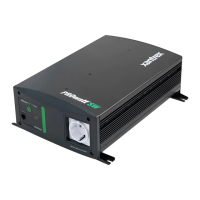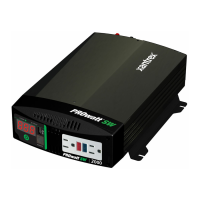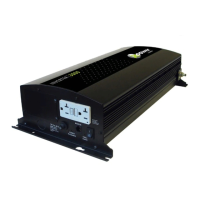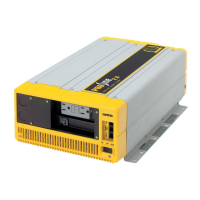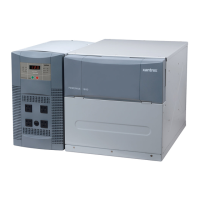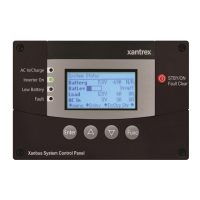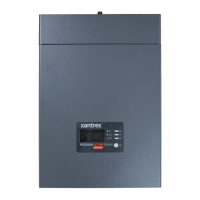Overview of Installation Steps
3–3
❐ Lugs and terminals for the DC cables that connect to the battery and
fuse holder(s)
❐ DC fuse(s) and fuse holder(s)
❐ AC cable (2-conductor-plus-ground cable), sized appropriately for
load and application (if you are connecting to an existing AC circuit)
❐ 1/2 inch cable clamp (if connecting to an AC circuit)
❐ AC transfer switch (if connecting to an AC circuit that also uses
power from another AC source)
❐ Appropriately sized copper cable for the chassis ground
❐ Battery isolator (if connecting to a multiple-battery system)
❐ Battery selector switch*
❐ Alternator controller*
❐ High-output alternator*
* Consult Appendix B, “Battery Types and Sizes” and Appendix C,
“Alternators and Charging Systems” to determine whether you need these
components.
Overview of Installation Steps
Here’s a summary of the seven main steps:
1. Design the installation: calculate battery capacity and charging
requirements.
2. Choose a location.
3. Connect to an AC circuit (if required).
4. Install the remote On/Off switch.
5. Mount the inverter.
6. Connect the chassis ground.
7. Connect the DC cables.
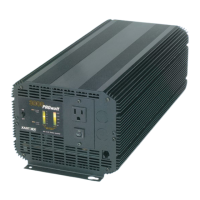
